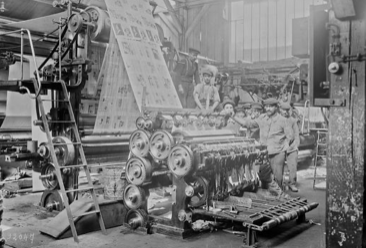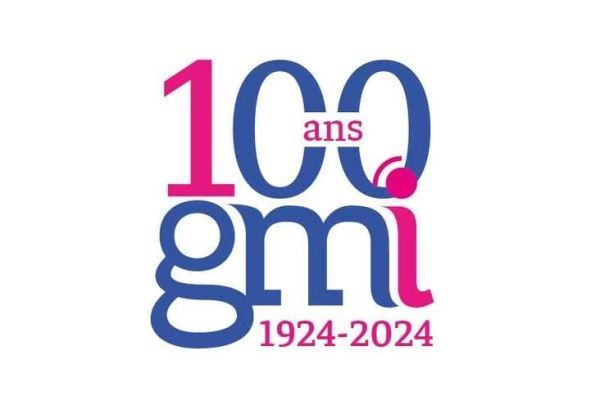Founded in 1924, the Groupement des Métiers de l'Impression (GMI) is an employers' organization representing companies in the printing and communications sector. Its main objective is to defend the interests of professionals and create an environment conducive to business competitiveness. Today, the GMI brings together more than 200 companies of all sizes, from VSEs to major groups, and acts on various levels: legal support, technological innovation and ecological transition. This central role makes it a key player for professionals in the graphic arts industry.
GMI has weathered almost a century of industrial and social change, adapting to changes in the printing industry while supporting its members.
1924-1940 - Creation and first challenges
Founded in the aftermath of the First World War, the GMI came into being during a period of industrial restructuring. Faced with the need to organize and structure this fast-expanding sector, the GMI was founded as a union of Parisian printers, to unite professionals around common concerns: standardization of processes, regulation of labor relations, and establishment of specialized training courses.
Created as a Parisian printers' union, the GMI quickly made a name for itself as the main interlocutor for the first legislation governing the profession.
The Second World War marked a turning point for the GMI, which provided essential resources to its members, such as ration cards, to enable printing plants to continue operating despite the restrictions.
1940-1970 - Social dialogue and collective agreements
The decades following the Second World War placed the GMI at the heart of social issues. In 1947, it became the printers' spokesperson to the public authorities, reinforcing its role as the main interlocutor. This dynamic led to the drafting in 1956 of the first collective agreement for "commercial printers and graphic industries". In the 1960s, the GMI maintained its influence despite social conflicts, playing a stabilizing role during the 1968 strikes.

1970-2000 - Expansion of services and professional training
In the 1970s, the GMI expanded its influence nationwide, becoming an independent national union in 1989. It diversified its activities by developing legal services and focusing on professional training. In 1995, a strategic partnership was signed with the Chambre française des Graveurs Imprimeurs to promote the development of members' skills. GMI's involvement in the negotiation of the 35-hour working week agreement in 1999 testifies to its ability to adapt its services to legal and social developments.
2000-2024 - Innovations, environment and digital transition
GMI adapts to the contemporary challenges of digital and ecological transition. Since the 2000s, GMI has been committed to supporting its members in the transformations linked to digital technology and environmental issues.
In 2005, GMI and SICOGIF - Syndicat National des Industries de la Communication Graphique et de l'Imprimerie Française - created the Union de l'Imprimerie Française (UDIF), which launched a series of conference-debates for members of both unions.
In 2006, GMI joined the Réseau Filière Graphique (RFG) within the Direction Générale des Entreprises (DGE).
In 2007, he co-founded Culture Papier, a collective defending paper in the digital age. The following year, the GMI launched the "PRINT Environnement" label, committing printing plants to a sustainable management approach.
During the health crisis of 2020, the organization supported its members with appropriate resources and advice, once again demonstrating its responsiveness to crises. GMI signs a new partnership with FFESPA France to defend the interests of members on both sides.
Today, it is reviving the debate on paper with a national campaign entitled "Paper, much more to the page than it seems", aimed at restoring the image of paper in society. Led by GMI and supported by industry players, the campaign aims to promote the often underestimated environmental and economic benefits of paper. Read the article: Paper, more up-to-date than it seems .













